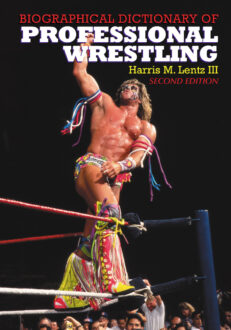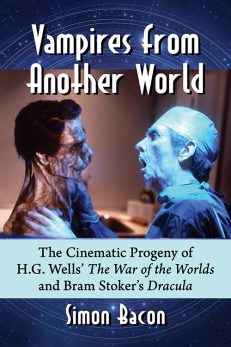Vampires from Another World
The Cinematic Progeny of H.G. Wells’ The War of the Worlds and Bram Stoker’s Dracula
Original price was: $29.95.$14.99Current price is: $14.99.
In stock
About the Book
This book begins at the intersection of Dracula and War of the Worlds, both published in 1897 London, and describes the settings of Transylvania, Mars, and London as worlds linked by the body of the vampire. It explores the “vampire from another world” in all its various forms, as a manifestation of not just our anxieties around alien others, but also our alien selves.
Unsurprisingly, many of the tropes these novels generated and particularly the themes they have in common have been used and adapted by vampire narratives that followed. From Nosferatu to Alien, Interstellar, Stranger Things, and many others, this book examines how these narratives have evolved since the end of the nineteenth century. Bringing together texts and films from across the 19th, 20th, and 21st centuries, from the far reaches of outer space and the distant future, it concludes that the unexpected and the unknown are not always to be feared, and that humanity does have the power to write its own future.
About the Author(s)
Bibliographic Details
Simon Bacon
Format: softcover (6 x 9)
Pages: 200
Bibliographic Info: 25 photos, filmography, bibliography, index
Copyright Date: 2021
pISBN: 978-1-4766-7873-3
eISBN: 978-1-4766-4230-7
Imprint: McFarland
Table of Contents
Acknowledgments vi
Introduction 1
1. The War of the Worlds 15
2. Planet of the Vampires 49
3. Lifeforce 84
4. Underworld 116
5. The Thing from Another World 148
Filmography 181
Bibliography 185
Index 189
Book Reviews & Awards
“Vampires from Another World handles its subject with admirable thoroughness in both breadth and depth. Each chapter contains cogent observations on every film discussed, valuable even for readers who may disagree with some of Bacon’s particular textual classifications.”—Journal of Vampire Studies






